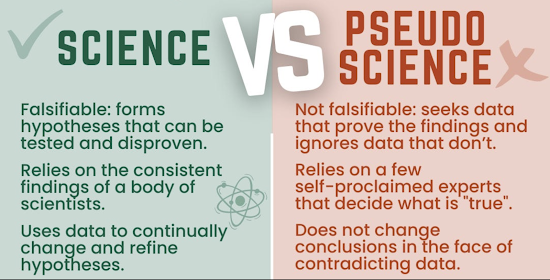Is there any audibly transparent DAC? Yes or no?
Is there any audibly transparent DAC? Yes or no?
TLDR:
According to SMSL SU-10 DAC Review | Audio Science Review (ASR) Forum, the above DAC is considered as "audibly transparent" by those "Audio Science" guys.
Amongst all the DACs they measured (as of today, 8 June 2024), its SINAD is ranked the 1st as shown below:
Does it really mean such DAC is audibly transparent?
Before we can answer the question, let's look at the definition of "audibly transparent" DAC again.
What is the definition of audibly transparent in general public?
If you ask the general public who has Hi Fi system at home (here we are talking both Audiophiles and non-Audiophiles general public), they would give you something like the following for the definition of audibly transparent:
Audiby Transparent is the holy grail they are looking for. If a DAC is audiby transparent, it means it does not introduce any audible sound of its own and reproduces the audio signal faithfully. In other words, it doesn't color the sound or add any distortion that can be perceived by the listener; it reproduces the audio signal exactly like the input source.
Let's call this the General Definition.
What is the definition of the same term, audibly transparent, from a bunch of "audio science" guys?
If you asked around in "audio science" forums, they would give you a definition sounds "technical" like the following (e.g. Audibility thresholds of amp and DAC measurements | Audio Science Review (ASR) Forum):
- Frequency Response: The equipment should have a flat frequency response from 20 Hz to 20 kHz, with minimal deviation (typically within +/- 0.1 dB).
- Distortion: Distortion levels should be extremely low. Some consider at least 100 dB (0.001%) below the music as transparent, while others find 80 dB (0.01%) sufficient.
- Noise: The equipment’s noise level should be at least 100 dB below the music signal.
- Time-Based Errors: In digital systems, this relates to jitter. The 100 dB rule also applies here.
Let's call this defintion as "the AS definition". I won't call it the Audio Science definition as I don't want to fall into the pseduo science "Naming" trap.
Does the AS definition imply the General definition?
Of course not. You can measure some DACs and claim they fulfill the AS definition. However, it does not mean they fulfill the General definition.
You have to understand clearly the difference between the two definitions. They are referring to different things. They are NOT THE SAME.
Those "Audio Science" guys picked and re-used the same term to confuse general public. If you really think they are the same, you are tricked by them. If you still think they are the same, I will explain in my future blog in more details why they are not the same. Stay tuned.
Going forward for this blog, let's use the General definition instead of the AS definition for our discussion.
More details about audiby transparent
Let's label the input audio signal is A_input
Let's label the digitized audio signal A_input as D
Let's label the DAC as a function that take digital input from D to audio output A_output as DAC( ),
i.e. Conceptually, it means:
DAC(D) = A_output
For an Audibly Transparent (AT) DAC, it means:
DAC_AT(D) = A_input
Is there any audibly transparent DAC in reality?
By now, if you understand what I just wrote above, you should know that there is no such thing as audiby transparent DAC.
Why? the output of any DAC can never be same as A_input. Never. As there are a lot of unavoidable errors introduced during the DAC process.
You may heard or watched something like "Monty's video" that claims "the analog output is still a perfect sine wave exactly like the original". In his video, he attempted to make you into believe that CD-quality digital audio can perfectly reproduce the original audio signal (the pseudo science claim).
A lot of people are tricked by such "demo" video and wholeheartedly believe what he said. It looks to me a few generations are tricked as I found out that this video was taken in 2012 and quite a few high-school (even college) use it as "teaching aids".
Such claim is not valid. I debunked it here and here. It is based on the concept of "valid but not absolute"
If you trust the pseudo science claim highlighed above, then you would trust audiby transparent DAC exists. i.e. you believe that there is a DAC which fulfill the following requirements:
DAC(D) = A_input
Is it really such DAC? Is the pseudo science claim really valid (i.e. no pseudo science)?






Comments
Post a Comment